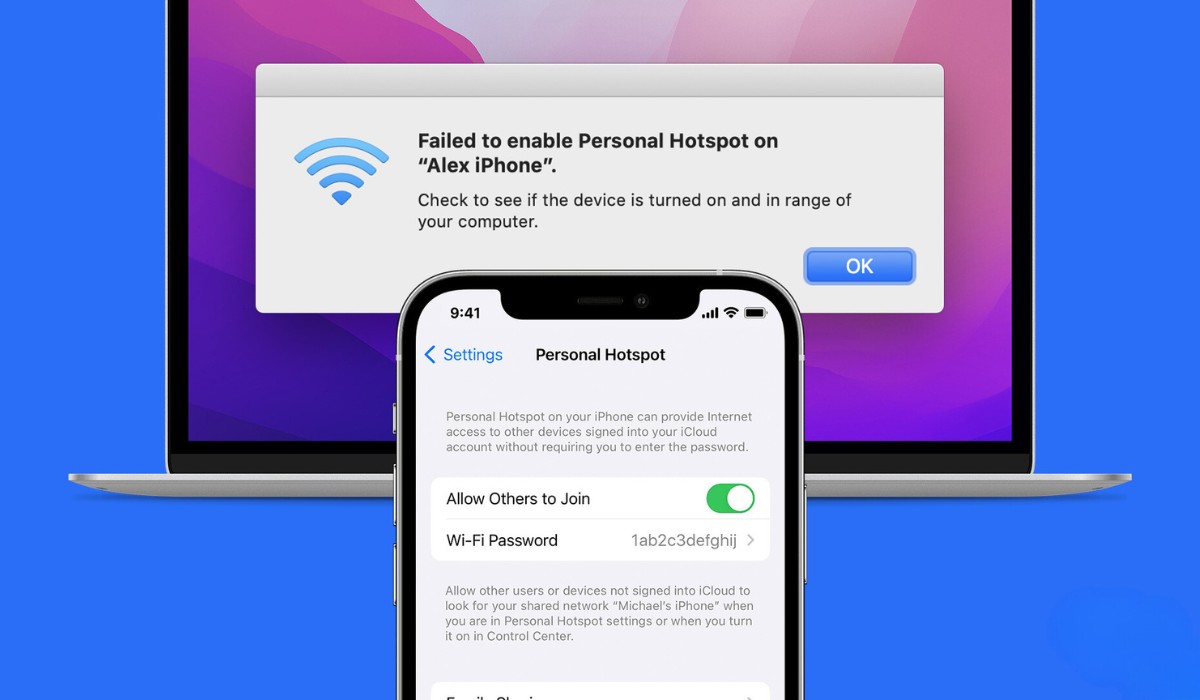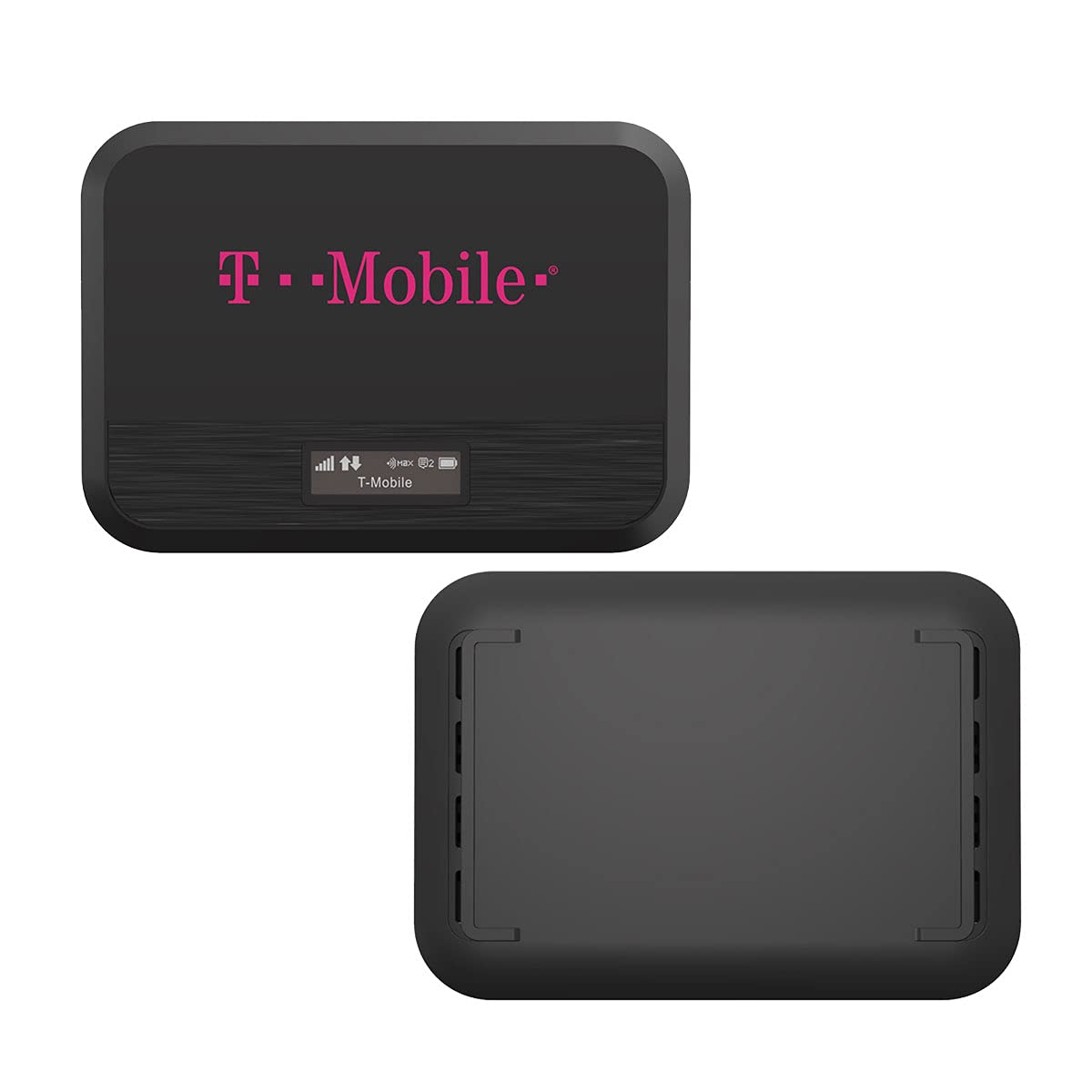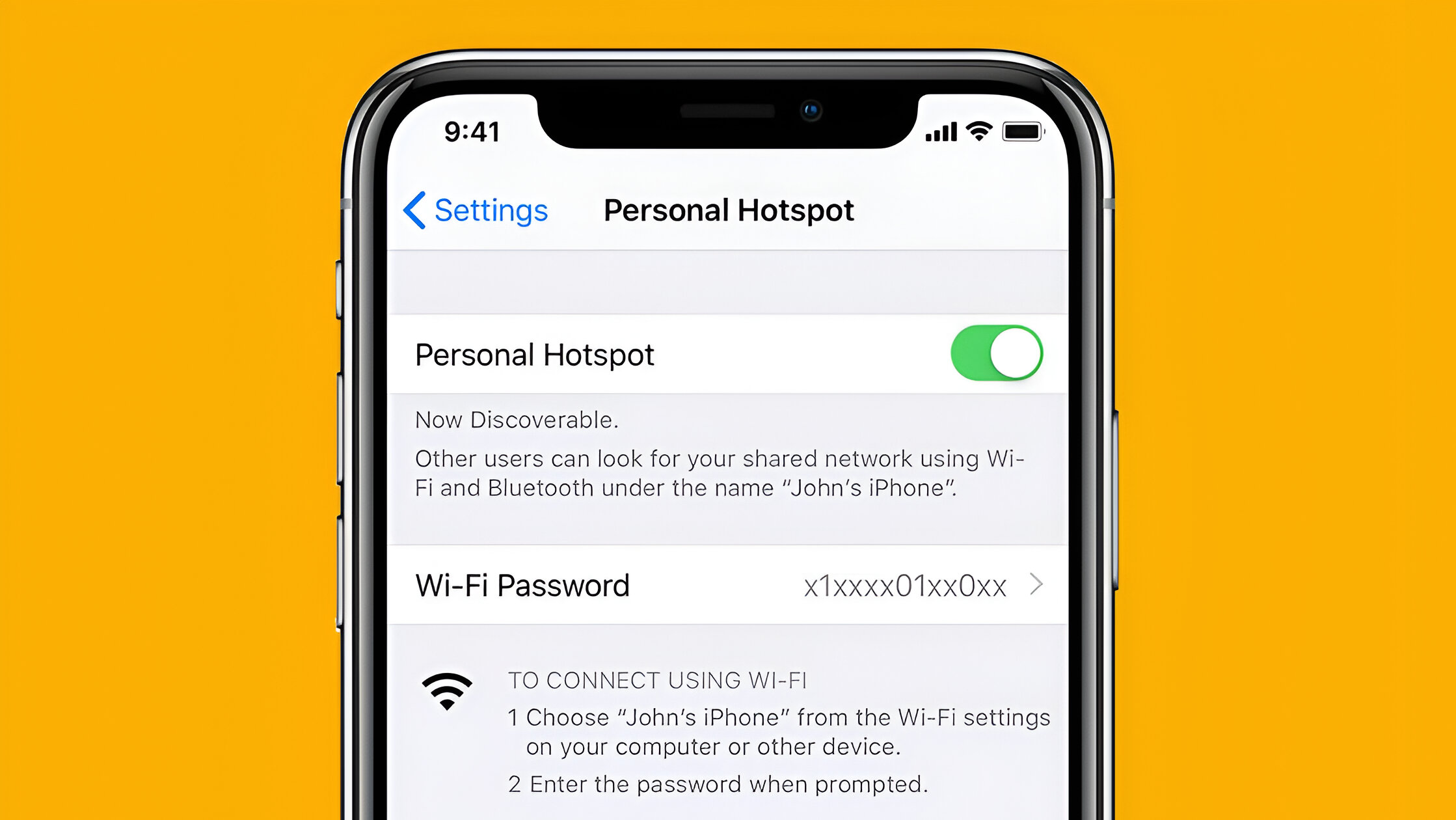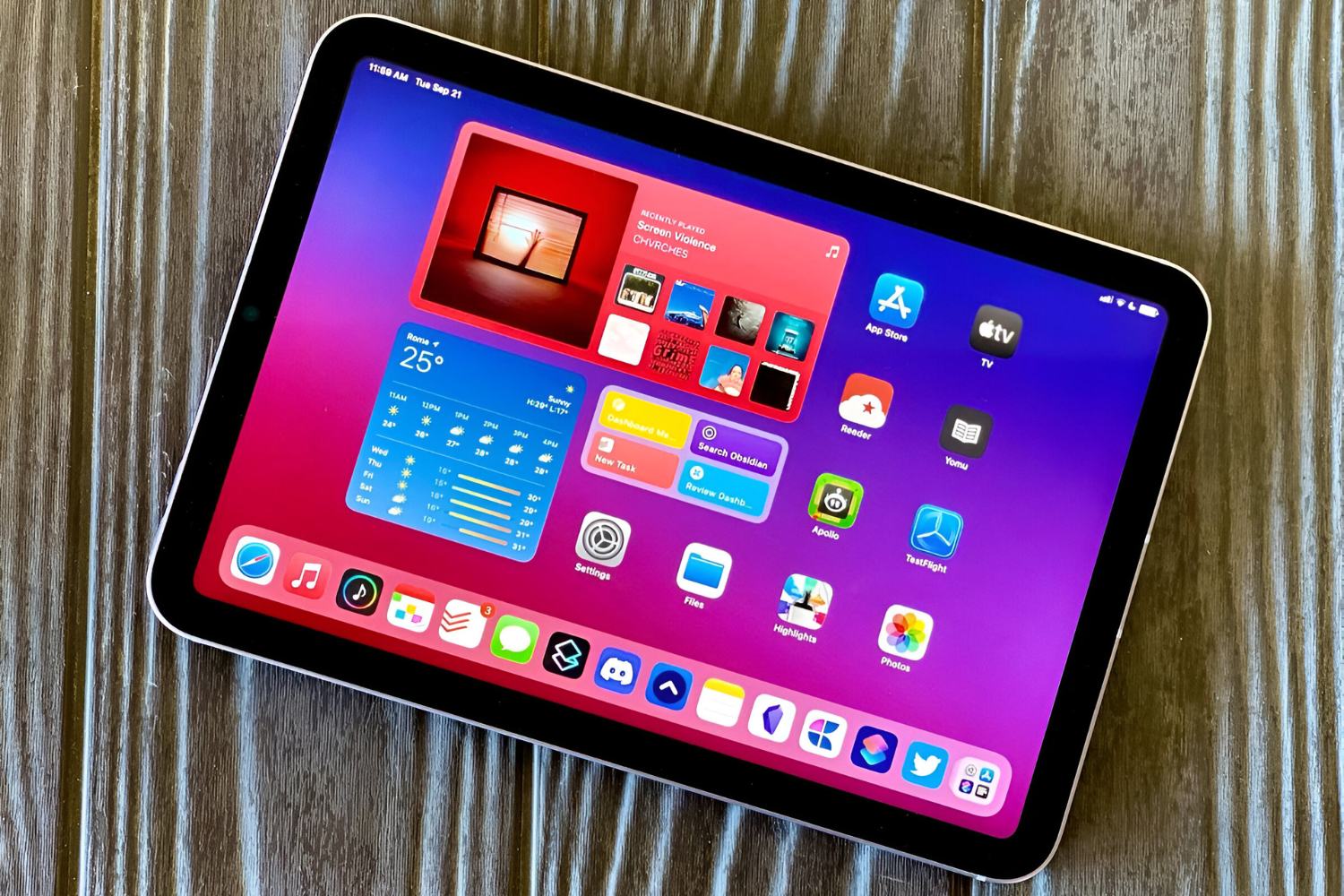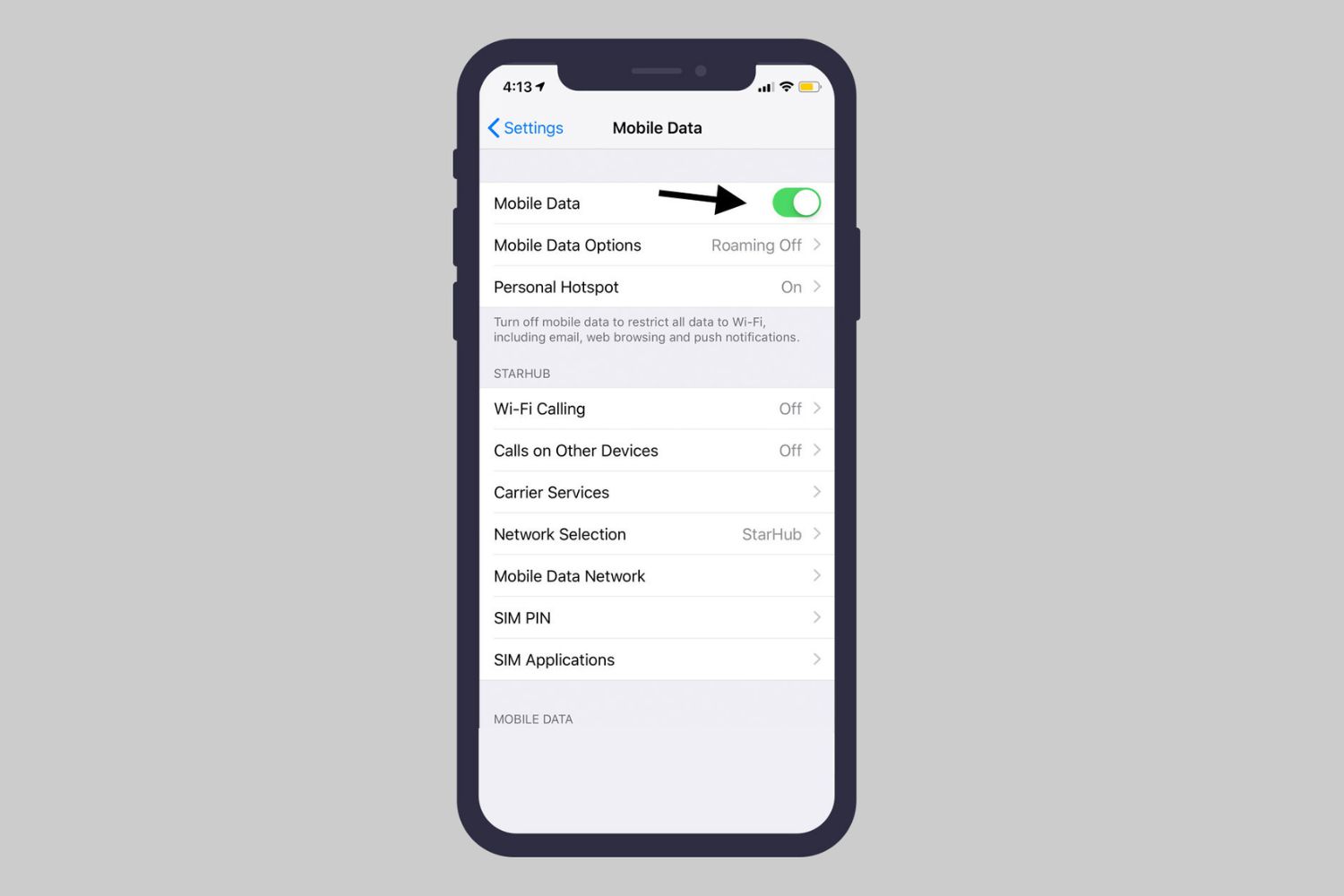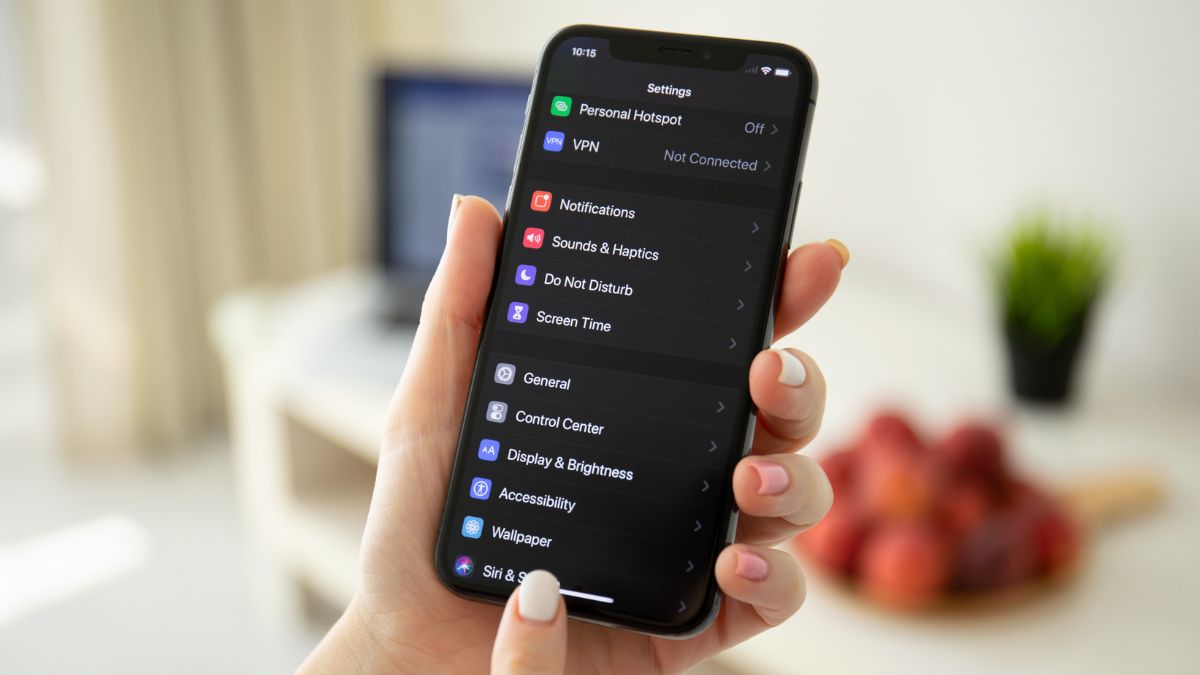Introduction
Connecting to a hotspot is a convenient way to access the internet when you're on the go. Whether you're at a coffee shop, airport, or using a friend's mobile hotspot, the process of connecting to a hotspot is relatively simple and can be accomplished in just a few quick steps. By following the instructions provided in this guide, you can seamlessly connect your device to a hotspot and enjoy uninterrupted internet access.
Whether you're using a smartphone, tablet, or laptop, the ability to connect to a hotspot allows you to stay connected and productive while away from your home or office network. This flexibility is especially valuable for professionals, students, and anyone who needs to access online resources while on the move. With the prevalence of public Wi-Fi networks and the ability to create personal hotspots from mobile devices, the option to connect to a hotspot has become an integral part of our digital lifestyle.
In the following sections, we will walk you through the simple steps required to connect to a hotspot. By the end of this guide, you'll have the knowledge and confidence to connect to hotspots wherever and whenever the need arises. So, let's dive in and explore the quick and easy steps to connect to a hotspot!
Step 1: Turn on Your Device's Wi-Fi
Before you can connect to a hotspot, you need to ensure that your device's Wi-Fi functionality is activated. Whether you're using a smartphone, tablet, or laptop, enabling Wi-Fi is typically a straightforward process.
For Smartphones and Tablets:
-
Android Devices:
- Swipe down from the top of the screen to access the quick settings panel.
- Look for the Wi-Fi icon and tap it to turn on Wi-Fi.
- Alternatively, you can navigate to "Settings," select "Connections" or "Network & Internet," and then toggle the Wi-Fi switch to the "On" position.
-
iOS Devices (iPhone and iPad):
- Open the "Settings" app and tap "Wi-Fi."
- Slide the Wi-Fi switch to the right to enable Wi-Fi.
For Laptops and Computers:
-
Windows:
- Click on the Wi-Fi icon in the system tray located at the bottom-right corner of the screen.
- Select the Wi-Fi icon to turn on Wi-Fi.
-
MacOS:
- Click on the Wi-Fi icon in the menu bar at the top-right corner of the screen.
- Choose "Turn Wi-Fi On" from the drop-down menu.
Once Wi-Fi is activated, your device will start scanning for available networks. In the next step, we will explore how to select the hotspot network you wish to connect to.
By ensuring that your device's Wi-Fi is turned on, you are one step closer to accessing the internet through a hotspot. This fundamental step sets the stage for the subsequent actions required to establish a connection, making it essential for a smooth and hassle-free experience.
Step 2: Select the Hotspot Network
Once your device's Wi-Fi is turned on, it's time to select the specific hotspot network you want to connect to. This step is crucial, as it allows you to identify and choose the network that will provide you with internet access. Whether you're at a bustling coffee shop, an airport terminal, or in the vicinity of a friend's mobile hotspot, the process of selecting the appropriate network is relatively straightforward.
For smartphones and tablets, the process typically involves accessing the Wi-Fi settings and choosing the desired network from the list of available options. On Android devices, you can navigate to "Settings," select "Connections" or "Network & Internet," and then tap on "Wi-Fi" to view the available networks. After the list populates, you can select the hotspot network you wish to connect to by tapping on its name and, if required, entering the password.
Similarly, for iOS devices such as iPhones and iPads, you can open the "Settings" app, tap on "Wi-Fi," and select the preferred network from the list. If the selected hotspot network is secured with a password, you will be prompted to enter it to proceed with the connection.
When using laptops or computers, the process also involves accessing the Wi-Fi settings to view the available networks. On Windows devices, clicking on the Wi-Fi icon in the system tray will display a list of networks, allowing you to select the hotspot network you want to connect to. For MacOS users, clicking on the Wi-Fi icon in the menu bar will reveal the available networks, enabling you to choose the desired hotspot network for connection.
It's important to ensure that you are selecting the correct hotspot network, especially in crowded areas where multiple networks may be available. Verifying the network name and, if applicable, checking with the hotspot provider for any specific instructions can help you make the right selection and avoid potential connectivity issues.
By following these simple steps, you can effectively select the hotspot network that best suits your needs and proceed to the next phase of the connection process. This seamless selection process sets the stage for the subsequent steps, bringing you closer to establishing a stable and reliable internet connection through the chosen hotspot network.
Step 3: Enter the Password (if Required)
Upon selecting the desired hotspot network, you may encounter a security measure that requires entering a password to establish the connection. This is a common practice implemented by hotspot providers to ensure secure access and prevent unauthorized usage of their networks.
When prompted to enter the password, it is essential to input the correct credentials to successfully authenticate and connect to the chosen hotspot. The password, also known as the network key or passphrase, is typically provided by the hotspot operator or displayed at the location where the hotspot is available. In the case of personal mobile hotspots, the device owner sets the password during the setup process.
For smartphones and tablets, the password entry interface is usually presented immediately after selecting the hotspot network. Upon tapping the network name, a dialog box or screen will appear, prompting you to input the password. It is crucial to enter the password accurately, paying attention to uppercase and lowercase letters, special characters, and numerical digits. In some instances, the option to show or hide the entered characters may be available to ensure accuracy while typing the password.
When using laptops or computers, the process of entering the password follows a similar pattern. After selecting the hotspot network, a window or dialog box will prompt you to input the password. As with mobile devices, careful attention to detail is necessary to input the password correctly.
It's important to note that passwords are case-sensitive, meaning that uppercase and lowercase letters must be entered exactly as provided. Additionally, special characters and spaces within the password must be accurately replicated to ensure successful authentication and connection to the hotspot network.
By accurately entering the required password, you demonstrate compliance with the security measures put in place by the hotspot provider, thereby ensuring a secure and reliable connection. This crucial step paves the way for the final phase of the connection process, allowing you to proceed with confidence towards establishing a seamless and uninterrupted internet connection through the hotspot network.
Step 4: Connect to the Hotspot
After successfully selecting the desired hotspot network and, if required, entering the password, the final step involves connecting to the hotspot to gain access to the internet. This pivotal phase solidifies the link between your device and the chosen hotspot network, enabling seamless data transmission and online connectivity.
For smartphones and tablets, connecting to the hotspot network typically occurs automatically after entering the correct password. Once the authentication process is completed, a confirmation message may appear, indicating a successful connection. In some cases, you may need to manually initiate the connection by tapping a "Connect" button or a similar prompt that appears after entering the password. Upon establishing the connection, the Wi-Fi icon on your device will reflect the active connection to the hotspot network, signifying that you are now ready to browse the internet and utilize online services.
On laptops and computers, the process of connecting to the hotspot network follows a similar pattern. Upon entering the password, the device will proceed to establish the connection, with a notification confirming the successful linkage to the chosen hotspot network. Depending on the operating system and interface, the notification may appear in the system tray or menu bar, providing details about the established connection, including the network name and signal strength.
Once the connection is established, you can open a web browser or access online applications to verify the internet connectivity. By visiting a website or initiating an online activity, you can confirm that the connection to the hotspot network is operational and that you can seamlessly utilize the internet for various tasks, such as browsing websites, checking emails, streaming media, or engaging in online communication.
The ability to connect to a hotspot network effectively marks the culmination of the connection process, empowering you to harness the benefits of internet access in diverse environments. Whether you're working remotely, studying at a cafe, or traveling, the seamless connection to a hotspot network ensures that you can stay connected and productive without relying solely on traditional wired networks or consuming cellular data.
By following these straightforward steps, you can confidently navigate the process of connecting to a hotspot, leveraging the available networks to stay connected and access online resources with ease. This proficiency in establishing connections to hotspots enhances your digital mobility and reinforces the importance of adaptable internet access in today's dynamic and interconnected world.
Conclusion
In conclusion, the process of connecting to a hotspot encompasses a series of simple yet essential steps that enable seamless access to the internet in various environments. By following the outlined procedures, individuals can effortlessly establish connections to hotspot networks using their smartphones, tablets, laptops, or computers. This accessibility to hotspot connectivity fosters digital mobility and empowers users to stay connected and productive while on the move.
The initial step of turning on the device's Wi-Fi sets the foundation for the subsequent actions, signaling the device to scan for available networks and prepare for the connection process. Selecting the appropriate hotspot network from the list of available options is a pivotal step that requires attention to detail, especially in bustling public spaces where multiple networks may be present. Verifying the network name and, if necessary, entering the password are crucial aspects of this selection process, ensuring that users connect to the intended hotspot network securely and efficiently.
Entering the password, if required, is a critical security measure that validates the user's authorization to access the hotspot network. Careful input of the password, including attention to case sensitivity and special characters, ensures successful authentication and paves the way for the final phase of connecting to the hotspot.
The conclusive step of connecting to the hotspot solidifies the link between the user's device and the chosen network, enabling uninterrupted internet access for various online activities. Whether it's checking emails, conducting research, attending virtual meetings, or simply browsing the web, the established connection to the hotspot network facilitates a seamless online experience.
By mastering the process of connecting to hotspots, individuals can harness the benefits of digital connectivity in diverse settings, including public spaces, educational institutions, and remote work environments. This proficiency in establishing connections to hotspots underscores the importance of adaptable internet access, enhancing the overall digital experience and supporting the evolving demands of modern connectivity.
In essence, the ability to connect to hotspots quickly and easily enriches the digital lifestyle, empowering individuals to remain connected, informed, and engaged with the online world, irrespective of their physical location. This proficiency in leveraging hotspot connectivity exemplifies the dynamic nature of digital mobility, where seamless internet access transcends traditional boundaries and fosters a connected and empowered global community.







